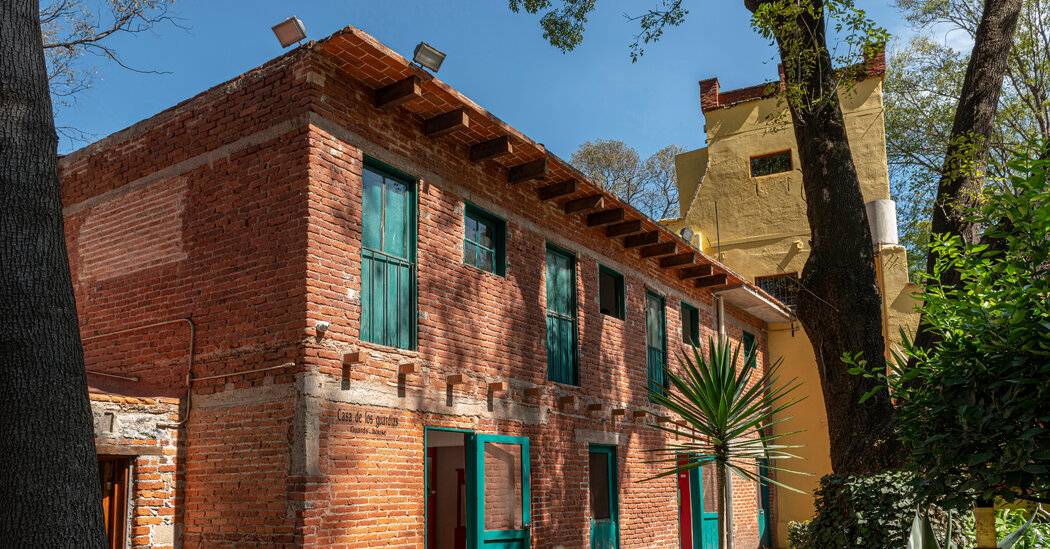Within hours of arriving in Coyoacán — a leafy, tranquil, beautiful neighborhood in the southwest part of Mexico City — I was searching the internet for long-term rentals in the area. It was pure fantasy that my family could move there. It seemed as if my family and I had found the ideal base for exploring Mexico City, a place I’d always loved. Its sidewalks lined with brightly colored houses and tenderly nurtured vegetation, Coyoacán is an oasis of tranquillity, almost like an island surrounded by the roiling 24/7 energy of the nation’s vibrant capital.
The neighborhood’s appeal has been obvious for centuries, long before it was engulfed by Mexico City’s sprawl, in fact before it was even a village. The conquistador Hernan Cortés is said to have lived here around 1520 (after the destruction of the Aztec capital), though obviously not in the 18th century building now known as the Casa de Cortés. Coyoacán was incorporated into the capital in the 19th century and, in 1928, designated as a borough.
In the early and mid 20th century, Coyoacán was Mexico City’s Greenwich Village, its Montparnasse. Artists from all over the world came to visit their Mexican counterparts — and stayed. Much of the area’s rich history — and its particular magic — has remained and can still be seen in the houses where these luminaries lived and worked. Perhaps it’s superstitious to feel closer to the dead in the places where they lived, but if so, it’s a superstition shared by a great many people.
Purely by lucky accident, the house we found on Airbnb was the former studio of the painter José Orozco, one of the founders of the Mexican muralist movement, a group that included Diego Rivera, David Siqueiros and others. On the walls were framed drawings and prints by Orozco, who died in 1949, and the bookshelves contained volumes of reproductions of his art.
Several of the houses where Coyoacán’s celebrated residents lived have been turned into museums. House museums draw us out of curiosity about the living conditions and the possessions of a figure we venerate or loathe. I’ve seen Dostoyevsky’s deck of cards, read the first drafts of Roosevelt’s Day of Infamy speech, stared down the field from Virginia Woolf’s writing cottage toward the river where she drowned. If we believe that ghosts are still inhabiting these structures, we long for the quiet and solitude that will enable us to hear what they have to say.
By far the most famous of the…
Click Here to Read the Full Original Article at NYT > Travel…
